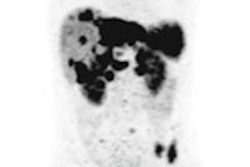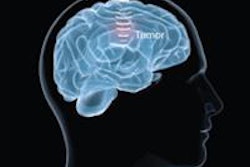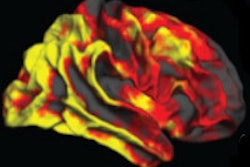Dear Molecular Imaging Insider,
Austrian researchers are shedding light on the use of FDG-PET for neuroendocrine tumors. While the modality has not always been clinicians' first choice for patients with this condition, a new study from Innsbruck Medical University shows that follow-up FDG-PET can help assess the status of the disease and whether a change in therapy is warranted.
More specifically, positive FDG-PET images are strongly correlated with a higher risk of neuroendocrine disease progression in a direct comparison with gallium-68 DOTATOC. Read more here.
Israeli researchers investigated a group of patients with low coronary artery calcium scores and found they were almost as likely to have a positive SPECT myocardial perfusion imaging scan and a subsequent cardiac event as patients with higher calcium scores.
German researchers made news at this year's annual meeting of the Society of Nuclear Medicine and Molecular Imaging (SNMMI), when they used PET with three different radiotracers to determine tau deposits may be more influential in causing Alzheimer's disease than amyloid accumulation. In fact, their findings were awarded SNMMI's Image of the Year Award.
From the U.K. comes a study that found by accounting for the presence of the magnetic field during treatment planning it is possible to deliver clinically acceptable MR-guided lung stereotactic body radiotherapy treatments. The findings allay concerns regarding potential dose distortions and could pave the way toward improved radiotherapy treatments.
Moving back to FDG-PET, the modality could help determine how soon which patients with severe brain injuries will recover consciousness. The key strategy is to use FDG-PET to measure glucose metabolism to chart cortical brain activity.
Be sure to visit the Molecular Imaging Community on a daily basis to stay informed on the latest news and research from around the continent and the world.




















